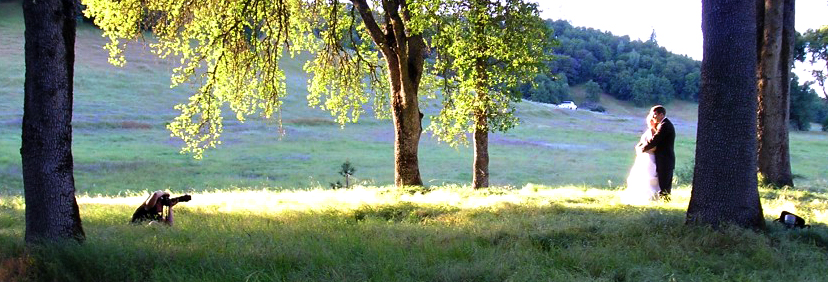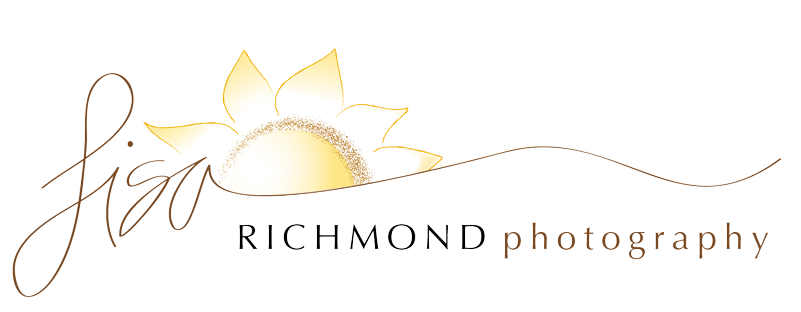
This all day, beginning-intermediate workshop will be taught by Lisa Richmond on April 10 in Camino, CA and hosted by Kim and Bob Little. There are a few spaces still left. My goal is to keep this workshop small for more one on one with each student. The workshop includes a 50 page workbook and the time will be divided between in the classroom and out in the field practicing what is being learned using “people” as models. Field time will include both observation and “hands on” experience setting up shots, and using drills to practice your camera settings. Images from the workshop will be posted online so that you can learn by seeing everyone’s work.
To register please click on this link
10:30-5:00 pm
$175.00
Only 11 students per workshop
Healthy snacks served
DSLR camera recommended
Any questions, please contact Lisa at (lisa@lisarichmond.com)
Subjects included: (please email me for a full itinerary)
Understanding your camera
-What does all this stuff mean?: Aperture, ISO, focal length, F/stop, “fast lens”, etc.
-The Universal Stop (Exposure Value): How shutter, aperture and iso inner relate and how to makes choices of what to use and when.
-Discuss camera modes, Get out of program mode-you can do it! Understanding shutter and aperture priority modes for greater control.
-Focus types (Single, Continuous and Manual)
-White Balance/RAW vs JPG
Composition
-Composition(rule of thirds, leading lines, repetition, s curve, geometric shapes- triangle, shape and balance, avoiding mergers-how to see the background before each shot, head in an empty space, framing)
-Moving your body for interesting perspective/composition, get in close
-Selective focus
Lighting
-Seeing light/ shadow and how it falls on your subject
-Natural light/ back, front and side lighting
-Shooting in sunlight versus shade/ time of day
-Fill light with flash
-Basics on types of internal camera light meters
My name is Lisa Richmond and I am a professional photographer living in Pollock Pines(www.LISArichmond.com). I specialize in photographing people (weddings, children, and families).
I majored in film photography at Syracuse University and promptly moved west after graduation. I was involved in the music industry for 10 years, but after getting married, having two children and moving to Pollock Pines, California, I renewed my love of photography. The revolution of digital photography, coupled with the beautiful and picturesque backdrop I call home made it impossible to resist.
Digital photography removes many of the limitations that using film had placed on my creative process. I was freed the economic constraints of developing hundreds of prints that I felt were necessary to capture the moment the way I had envisioned it.
The digital camera is great for beginners. It allows instant feedback, unlimited frames, easier digital post processing and what I call “jamming” with your LCD meter. With digital, we can learn in “real time” as we shoot (shoot, look, adjust, shoot). “Jamming” made it creative for me again and less about perfection on the first frame and more about fun and experimentation.
What I have learned over the years is that nothing is “wrong” in photography, just a path to expressing what you see more succinctly and effectively.
That said, with a few strong basics in understanding your camera, you can make your basic family photo “jamming” session more productive and rewarding. Once you can make educated decisions about your camera settings more quickly, you can easily “stay in the moment” and capture the action that is happening right in front of you, whether it be your dog chasing a ball, your kids playing on vacation, or the winning shot at a basketball (or soccer) game.
I have had so many mentors along the way and I am grateful for all of them. It is important to me to do the same for others. I want you all to “get it” and have that “lightbulb moment”. I too continue to have them along the way of my journey as a photographer.

